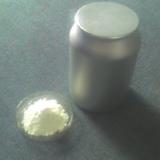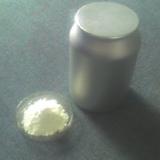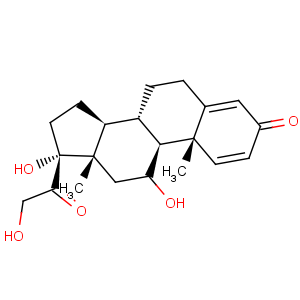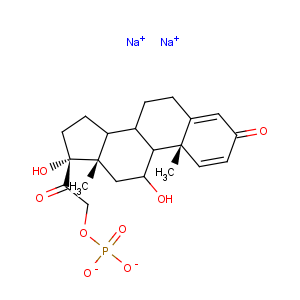Prednisolone Acetate
Synonyms: (11beta)-21-(Acetyloxy)-11,17-dihydroxypregna-1
CAS: 52-21-1
Molecular formula: C23H30O6
Packing: 5KG/TIN,2TIN/CTN
Unit: KG
Quality Standards: USP
Chemical Properties: white crystalline powder
Usage: Synthetic corticosteroid; metabolically interconvertible with prednisone.
EINECS:204-726-0
Density:1.28 g/cm3
Boiling Point:582 °C at 760 mmHg
Flash Point:200.2 °C
Assay:98%
Product description:
Prednisolone is a synthetic glucocorticoid, a derivative of cortisol, which is used to treat a variety of inflammatory and auto-immune conditions. It is the active metabolite of the drug prednisone[1] and is used especially in patients with hepatic failure, as these individuals are unable to metabolise prednisone into prednisolone.
Prednisolone is a corticosteroid drug with predominant glucocorticoid and low mineralocorticoid activity, making it useful for the treatment of a wide range of inflammatory and auto-immune conditions such as asthma, uveitis, pyoderma gangrenosum, rheumatoid arthritis, ulcerative colitis, pericarditis, temporal arteritis and Crohn's disease, Bell's palsy, multiple sclerosis, cluster headaches, vasculitis, acute lymphoblastic leukemia and autoimmune hepatitis, systemic lupus erythematosus, Kawasaki disease and dermatomyositis. It is also used for treatment of sarcoidosis, though the mechanism is unknown.
Prednisolone acetate ophthalmic suspension (eye drops) is an adrenocortical steroid product, prepared as a sterile ophthalmic suspension and used to reduce swelling, redness, itching, and allergic reactions affecting the eye.
Prednisolone can also be used as an immunosuppressive drug for organ transplants and in cases of adrenal insufficiency (Addison's disease).
Corticosteroids inhibit the inflammatory response to a variety of inciting agents and, it is presumed, delay or slow healing. They inhibit the edema, fibrin deposition, capillary dilation, leukocyte migration, capillary proliferation, fibroblast proliferation, deposition of collagen, and scar formation with inflammation.
Possible side-effects include fluid retention of the face (moon face, Cushing's syndrome), acne, constipation, and mood swings.
A lengthy course of prednisolone can cause bloody or black tarry stools from bleeding into the stomach (this requires urgent medical attention); filling or rounding out of the face; muscle cramps or pain; muscle weakness; nausea; pain in back, hips, ribs, arms, shoulders, or legs; reddish-purple stretch marks on arms, face, legs, trunk, or groin; thin and shiny skin; unusual bruising; urinating at night; rapid weight gain; and wounds that will not heal.
Prolonged use of prednisolone can lead to the development of osteoporosis which makes bones more fragile and susceptible to fractures. One way to help alleviate this side effect is through the use of calcium and vitamin D supplements.
Medical uses
Prednisolone is a corticosteroid drug with predominant glucocorticoid and low mineralocorticoid activity, making it useful for the treatment of a wide range of inflammatory and auto-immune conditions such as asthma, uveitis, pyoderma gangrenosum, rheumatoid arthritis, ulcerative colitis, pericarditis, temporal arteritis and Crohn's disease, Bell's palsy, multiple sclerosis, cluster headaches, vasculitis, acute lymphoblastic leukemia and autoimmune hepatitis, systemic lupus erythematosus, Kawasaki disease and dermatomyositis. It is also used for treatment of sarcoidosis, though the mechanism is unknown.
Permanent link: http://www.vvchem.com/sell/cas:52-21-1,3312117.html








